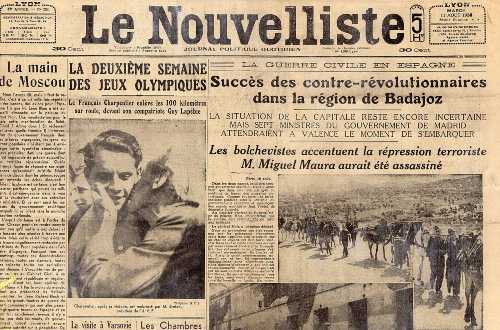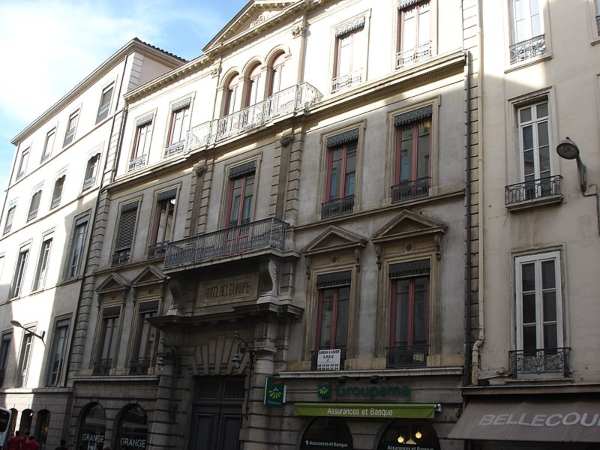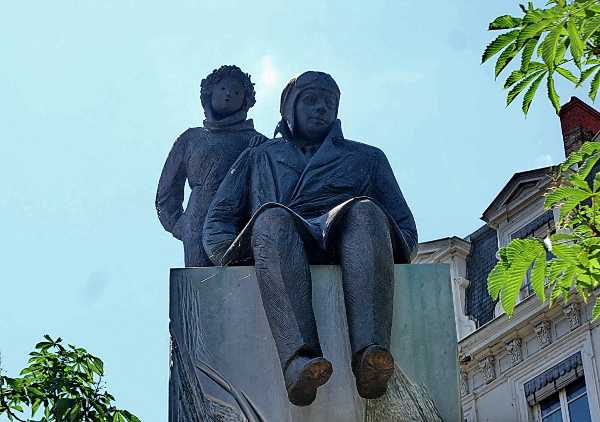- 79 Republic Street, 69001 Lyon, France
- What you see
- What you need to know
The first Casino des Arts opened its doors in 1852 at 87 rue Centrale, created by Messrs. Reynaud and Thévenet. This elegant place of entertainment, taken over by Messrs. Borel and Seibel, closed its doors in 1862.
The same year, a new Casino was built at 79 rue Impériale, designed by the Lyon architect Casimir Echernier and financed by Messrs. Guillet and Méjean, owners of the buildings demolished there. Named Casino des Arts, it was equipped with the furniture and hangings of its predecessor.
In 1872, Joseph Lugini, conductor of the Grand-Théâtre, presented symphonic concerts at the Casino, honoring composers such as Haydn, Ritter, Beethoven and Liszt.
In 1880, the Lyon architect Claude Porte completely redesigned it, adding elegant elements such as a row of boxes, two floors of galleries, and stucco ornaments by the sculptor Noël Paret.
From 1902, under the direction of Edouard Rasimi, the place was renamed Casino-KursaalRasimi modernized the hall by introducing electricity, hired a troupe and an orchestra, and programmed around sixty revues over the next 30 years, notably featuring local revues such as "T'me petafines" and "Tu viens au Casin?".
After 1920, the Revue de la Foire became a spring tradition at the Casino-Kursaal. However, faced with increasing competition from cinema and increasing production and tax costs, Edouard Rasimi closed the Casino in 1931. The last show took place on 14 May with Félix Mayol. Subsequently, the Casino-Kursaal was transformed into a cinema.
- Images
- Anecdote: the rooster
Notice at the very top of the building the presence of a rooster which is the emblem of cinema Pathé. In fact, as early as 1908, Pathé created something that everyone knows today: newsreels. Before the advent of longer films, these reports were broadcast in movie theaters. And if you remember the rooster that crowed at the beginning of each reel, it was the famous Pathé logo.





